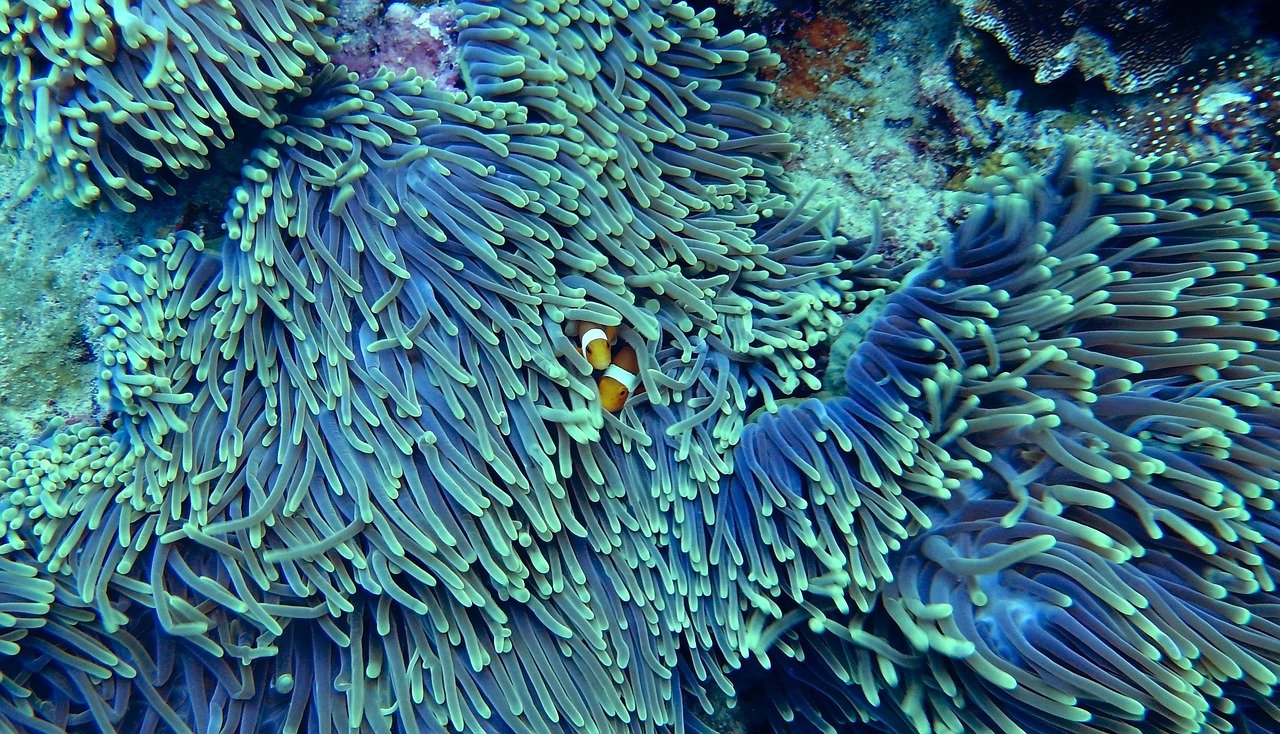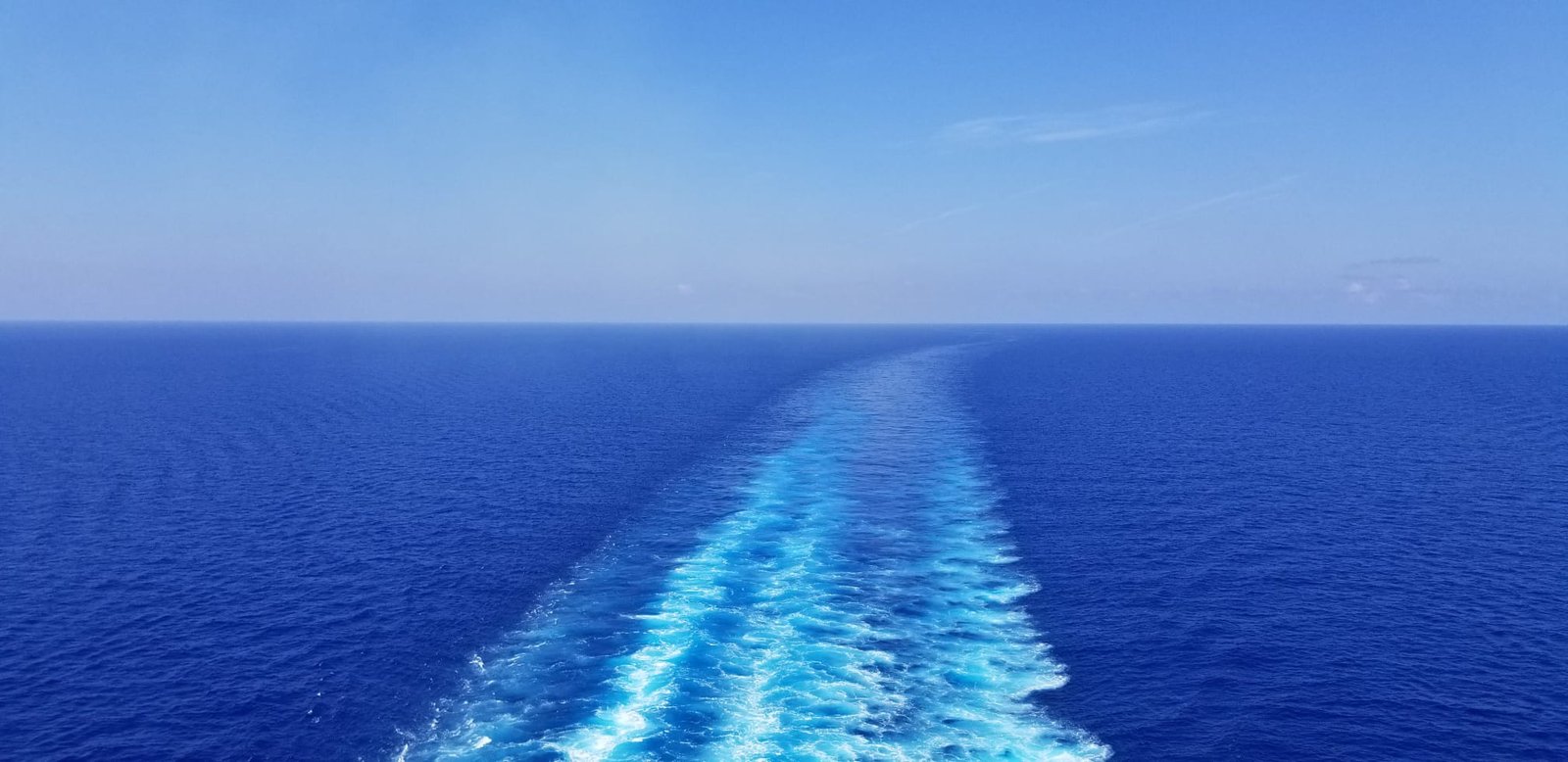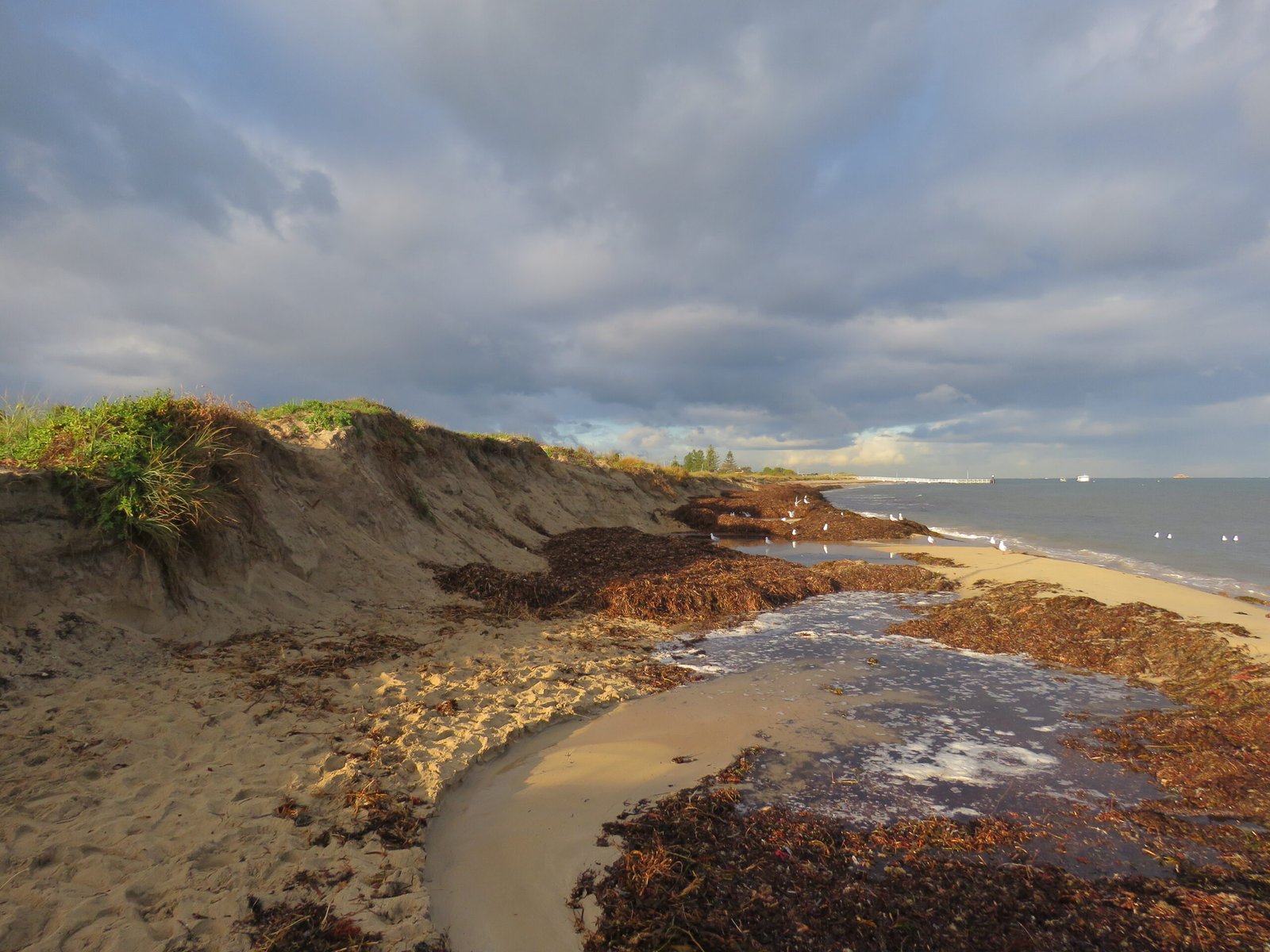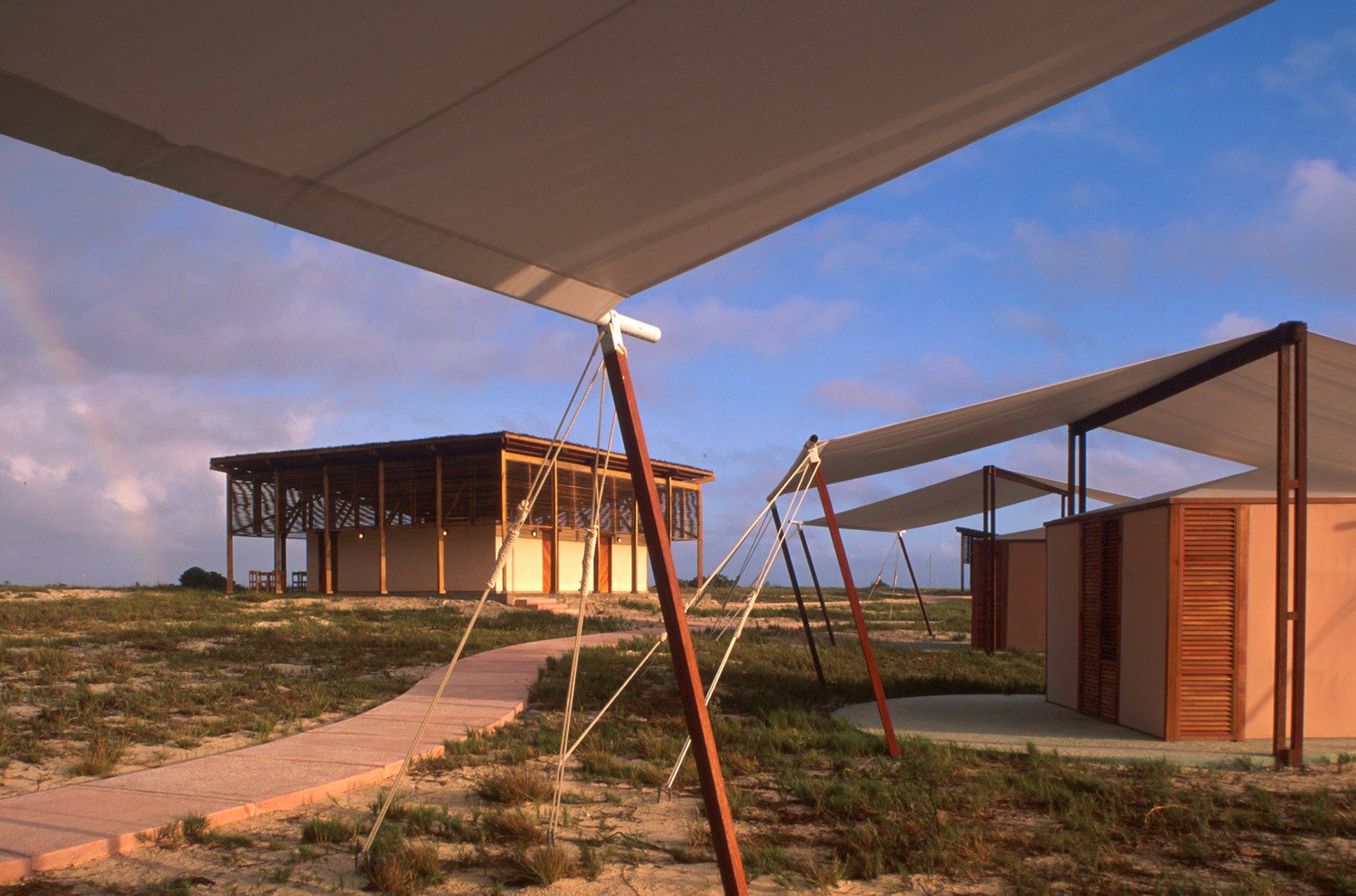Carbon Emissions from Flights

Traveling by air is often the most convenient way to reach Mexico’s stunning resorts. However, this convenience comes with a hefty environmental price tag. Each round-trip flight contributes significantly to carbon emissions, a major driver of climate change. The skies may seem endless and forgiving, but the greenhouse gases released during these flights have long-lasting impacts. Just imagine the carbon footprint of a single flight multiplied by thousands of tourists flocking to these paradisiacal destinations every year. It’s a sobering thought that makes you wonder if the beauty of the destination is worth the unseen damage caused by getting there. While airlines are exploring more sustainable fuel options, the technology is not yet widespread, leaving traditional fuels as a major environmental concern.
Overuse of Water Resources

Mexico’s resorts are synonymous with luxury, and part of that luxury includes abundant water features like pools and lush golf courses. However, these water-intensive amenities have a downside. The substantial water consumption required to maintain them can deplete local water resources, leaving nearby communities facing shortages. In regions where water is already a precious commodity, the impact is even more pronounced. The luxurious pools and sprawling golf courses can seem like a mirage to locals who struggle with water scarcity. This not only affects the local population but also the natural ecosystems that depend on consistent water levels to thrive. The question arises: how can resorts balance guest satisfaction with ecological responsibility?
Coral Reef Damage from Sunscreen

The crystal-clear waters of Mexico’s coastlines are a magnet for tourists eager to swim and snorkel. Unfortunately, their visit often comes at a cost to the vibrant coral reefs. Many sunscreens contain chemicals that wash off into the ocean, contributing to coral bleaching and damaging marine life. The very act of protecting our skin can inadvertently harm the underwater ecosystems we seek to enjoy. Coral reefs play a crucial role in marine biodiversity, acting as a habitat for countless marine species. The loss of these reefs not only affects marine life but also the local communities that rely on them for tourism and fishing. Choosing reef-safe sunscreens can be a small step toward mitigating this issue.
Deforestation for Resort Development

As demand for luxurious accommodations grows, so does the need for land to build more resorts. This often leads to deforestation, with forests and mangroves being cleared to make way for new developments. The destruction of these natural habitats results in a loss of biodiversity, as countless species lose their homes. Forests and mangroves serve as crucial carbon sinks, helping to offset emissions and regulate the climate. The loss of these areas not only impacts wildlife but also contributes to the broader issue of climate change. The challenge lies in balancing development with conservation, ensuring that progress does not come at the expense of the environment.
Marine Pollution from Cruise Ships

Many tourists opt for the convenience and luxury of cruise ship travel to explore Mexico’s coastline. However, these floating cities come with their own set of environmental challenges. Cruise ships discharge waste, fuel emissions, and plastics into the ocean, contributing to marine pollution. The vastness of the ocean might make it seem like these pollutants disperse harmlessly, but the reality is quite different. Marine pollution has far-reaching effects on ocean health, affecting everything from the smallest plankton to the largest marine mammals. The irony is that the pristine waters that attract tourists are being degraded by the very vessels that bring them there.
Increased Waste Generation

The influx of tourists to Mexico’s resorts inevitably leads to increased waste generation. Single-use plastics, food waste, and other refuse accumulate rapidly, often finding their way into landfills or, worse, the ocean. This waste not only mars the natural beauty of the area but also poses a threat to wildlife. Animals can mistake plastic for food, leading to ingestion and often fatal consequences. The sheer volume of waste generated by tourism underscores the need for more sustainable practices, both by the resorts and the tourists themselves. Simple actions like reducing plastic use and recycling can have a significant impact.
Disruption of Local Ecosystems
The development of tourism infrastructure often encroaches on natural habitats, disrupting local ecosystems. Wildlife is displaced, and the delicate balance of these ecosystems is altered. The construction of hotels, roads, and other amenities can fragment habitats, making it difficult for species to thrive. This disruption not only affects the animals but also the people who rely on these ecosystems for their livelihoods. The allure of economic gain from tourism must be weighed against the long-term ecological impacts. Conservation efforts and sustainable tourism practices can help mitigate these disruptions.
Excessive Energy Consumption
The luxurious experience offered by resorts often requires significant energy consumption. Air conditioning, lighting, and various amenities demand large amounts of electricity, much of which is generated from fossil fuels. This reliance on non-renewable energy sources contributes to greenhouse gas emissions and environmental degradation. While some resorts are beginning to incorporate renewable energy solutions, the transition is slow. The challenge is to find ways to maintain the level of comfort and luxury expected by tourists while minimizing the environmental impact. Energy efficiency and the use of sustainable energy sources can be part of the solution.
Beach Erosion from Coastal Development

Building resorts along Mexico’s picturesque coastlines might seem like a dream, but it can lead to unintended consequences like beach erosion. Coastal development disrupts the natural movement of sand, leading to the loss of beaches and natural barriers against storms. The erosion not only affects the landscape but also the local communities and wildlife that depend on these coastal areas. The loss of beaches can have economic repercussions as well, impacting tourism and local businesses. Strategies like sustainable coastal planning and the use of natural barriers can help mitigate the effects of erosion.
Traffic Congestion and Air Pollution
Tourist hotspots in Mexico often experience heavy traffic, with rental cars, taxis, and buses contributing to congestion and air pollution. The increased vehicle emissions add to the carbon footprint of tourism, affecting air quality and public health. The irony is that while tourists seek relaxation and escape, their presence can lead to stress and inconvenience for local residents. Addressing these issues requires improved public transportation options and incentives for using eco-friendly modes of transit. Encouraging walking, cycling, and the use of public transportation can help reduce congestion and pollution.
Noise Pollution Disturbing Wildlife

The vibrant nightlife and bustling activities that attract tourists can also be a source of noise pollution. Loud music, boat tours, and other activities can disturb local wildlife, affecting breeding and migration patterns. Animals rely on sound for communication, navigation, and detecting predators, so excessive noise can have detrimental effects. The challenge is to find a balance between entertainment and the preservation of natural habitats. Implementing noise regulations and promoting quieter, nature-friendly activities can help protect wildlife while still offering enjoyable experiences for tourists.
Overfishing to Meet Tourist Demand
The demand for seafood in Mexico’s resorts often leads to overfishing, depleting marine populations and threatening the sustainability of the fishing industry. Overfishing not only affects the species being targeted but also the entire marine ecosystem, as it disrupts food chains and habitats. The irony is that tourists come to enjoy the bounty of the sea, but their consumption can lead to its decline. Sustainable fishing practices and responsible sourcing of seafood can help address this issue. Educating tourists about the importance of sustainable seafood choices can also make a difference.
Chemical Runoff from Landscaping

Maintaining the lush green lawns and golf courses of Mexico’s resorts often involves the use of pesticides and fertilizers. These chemicals can run off into local water sources, harming aquatic life and affecting water quality. The impact of chemical runoff extends beyond the immediate area, affecting downstream ecosystems as well. The challenge is to find ways to maintain the aesthetic appeal of resorts while minimizing environmental harm. Sustainable landscaping practices, such as the use of native plants and organic fertilizers, can help reduce chemical runoff.
Cultural and Environmental Exploitation

As resorts expand, local communities often face cultural and environmental exploitation. Land disputes can arise, and the pressure to accommodate tourism can lead to the disregard of environmental protection laws. The allure of economic gain can overshadow the importance of preserving cultural heritage and natural resources. The challenge is to ensure that tourism development benefits local communities without compromising their cultural and environmental integrity. Community involvement and sustainable tourism practices can help address these issues.
Increased Carbon Footprint from Imported Goods
Many resorts in Mexico pride themselves on offering luxury experiences, which often involve importing goods from afar. This practice increases the carbon footprint due to transportation emissions and undermines local sustainability efforts. The irony is that while tourists seek authenticity, the goods and services they consume may be anything but local. Encouraging the use of local products and supporting local businesses can help reduce the carbon footprint and promote sustainability.
